Retro Replay Review
Gameplay
Captain Bible in the Dome of Darkness offers a blend of exploration and educational puzzle-solving that remains unique even decades after its 1994 release. Players assume the role of Captain Bible, equipped with the Sword of the Spirit and the Shield of Faith, as they navigate the shadowy streets of a city overtaken by “cybers.” The core objective is to locate lost Bible verses scattered throughout various buildings and alleyways, then wield them wisely against spiritual enemies.
The game’s interaction model revolves around a simple point-and-click interface, allowing users to move Captain Bible to key locations, examine objects, and engage with cybers. Combat is replaced by verse selection: when confronted by an enemy, players choose the correct scripture from a visual word bank. Selecting the right verse banishes the foe, reinforcing memory recall and comprehension of biblical passages in real time.
Exploration is non-linear, encouraging backtracking and thorough investigation. Each room may hide an essential verse or clue, rewarding patience and attention to detail. The pacing is deliberate, letting players absorb each challenge without pressure, making it ideal for families and younger gamers seeking a faith-based experience that doubles as a study aid.
The difficulty curve is gentle but steadily increasing. Early encounters introduce players to familiar passages, while later squares require connecting thematic dots and deeper knowledge of scripture. The gameplay loop flows smoothly, balancing discovery, reading, and verse application. Overall, the mechanics are straightforward yet compelling for its intended audience.
Graphics
For a game released in 1994, Captain Bible in the Dome of Darkness sports colorful, cartoon-style pixel art that brings its faith-based adventure to life. Character sprites are boldly drawn, with Captain Bible distinguished by his red-and-blue uniform and flowing cape. The Dome’s interior walls glow with a moody purple haze, setting a suitably mysterious tone for exploration.
Backgrounds are relatively static, but each room features distinct iconography—bibles on shelves, neon-lit signs, and digital monitors—that contribute to the narrative of a city consumed by darkness and misinformation. While resolution is modest by modern standards, the clarity of each scene and the readable text boxes make it easy to navigate and find hidden verses.
User interface elements are clean and unobtrusive. A word bank appears alongside the action panel, showing Scripture fragments in a simple list view. Menus use basic icons (open book, shield, sword) to represent inventory and status, ensuring even younger players can understand their tools without a steep learning curve.
Though lacking advanced animations or effects, the game’s visual charm lies in its straightforward representation of spiritual warfare. The moment a correct verse is chosen, a burst of light and a triumphant sound effect reward the player—an uplifting contrast to the darker hues of the Dome’s corridors.
Story
Captain Bible in the Dome of Darkness casts players as a divinely tasked hero on a mission to free an innocent city from the clutches of evil “cybers.” These insidious invaders block truth with darkness, presenting falsehoods and common misconceptions. Your quest is to restore hope and light by recovering lost Bible verses and applying them to each confrontation.
The narrative unfolds through brief in-game text prompts and interactions with surviving citizens, who may offer hints or plead for rescue. Though dialogue is minimalistic, it effectively conveys urgency and stakes. The city itself feels like a character—its shattered windows and flickering street lamps echo a community in spiritual crisis.
Underlying themes center on the power of God’s Word to dispel deception and fear. Every recovered verse reinforces a core belief, turning the storyline into an interactive Bible study. As Captain Bible progresses, players witness the transformation of each district, culminating in a final showdown that underscores faith’s enduring strength.
While the story is straightforward and tailored to its Christian audience, it remains engaging by weaving scripture into gameplay rather than presenting dry text passages. The result is an immersive experience that speaks directly to believers and offers non-Christian players an introduction to biblical teachings in an adventurous context.
Overall Experience
Captain Bible in the Dome of Darkness stands out as an early example of edutainment that fully integrates its lesson plan into interactive gameplay. Rather than tacking on quizzes, it naturally weaves biblical memorization into every battle, making the act of reading—and understanding—the Word essential to success. This seamless blend of education and entertainment is the game’s greatest strength.
Players looking for fast-paced action or cutting-edge graphics may find its mechanics and visuals quaint by contemporary standards. However, for families, Sunday schools, and homeschoolers, the title provides a safe, values-driven environment that encourages scriptural literacy. The free special edition, Captain Bible: Special Edition, further lowers the barrier to entry, offering a taste of the full experience at no cost.
Replay value comes from mastering the verses and exploring alternate paths in the Dome’s layout. While the core objective remains the same on each playthrough, seasoned players can challenge themselves by locating every hidden scroll and striving for speedy completion. Discussion among peers about scripture choices adds a communal dimension that few mainstream titles deliver.
In sum, Captain Bible in the Dome of Darkness may not rival modern blockbuster titles in spectacle, but it fulfills its mission with clarity and heart. Its faith-based premise, educational design, and approachable gameplay make it a worthwhile pick for those seeking a video game that uplifts mind and spirit. Whether you’re a parent, teacher, or believer seeking interactive scripture study, this classic bridges the gap between gaming and spiritual growth.
 Retro Replay Retro Replay gaming reviews, news, emulation, geek stuff and more!
Retro Replay Retro Replay gaming reviews, news, emulation, geek stuff and more!
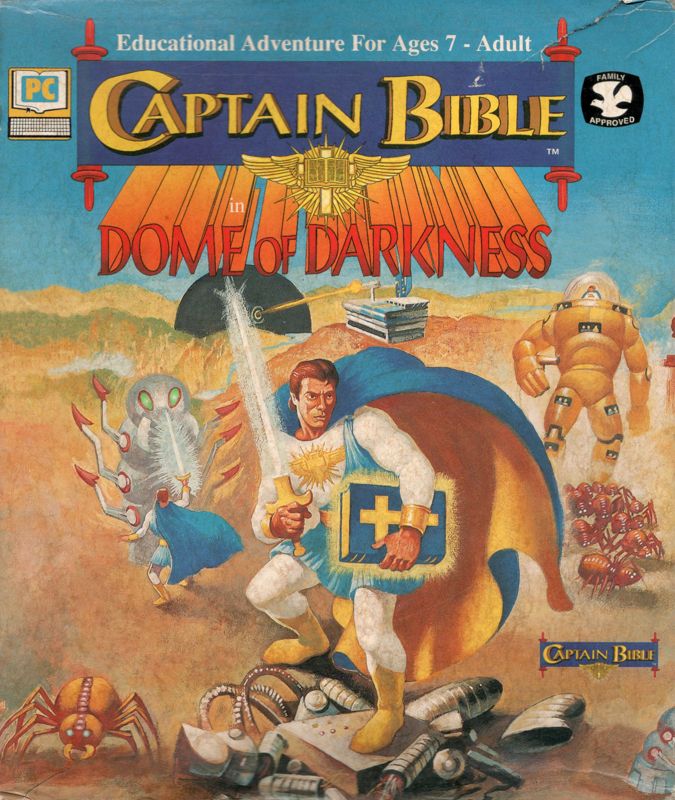
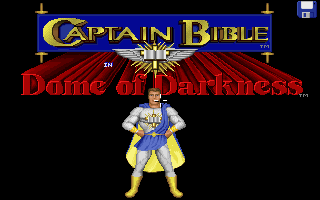
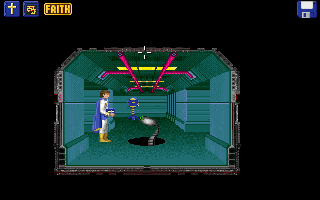
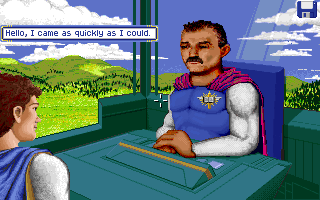
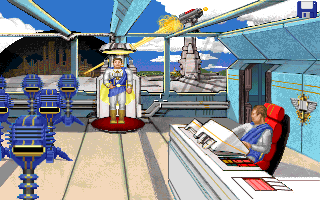



Reviews
There are no reviews yet.